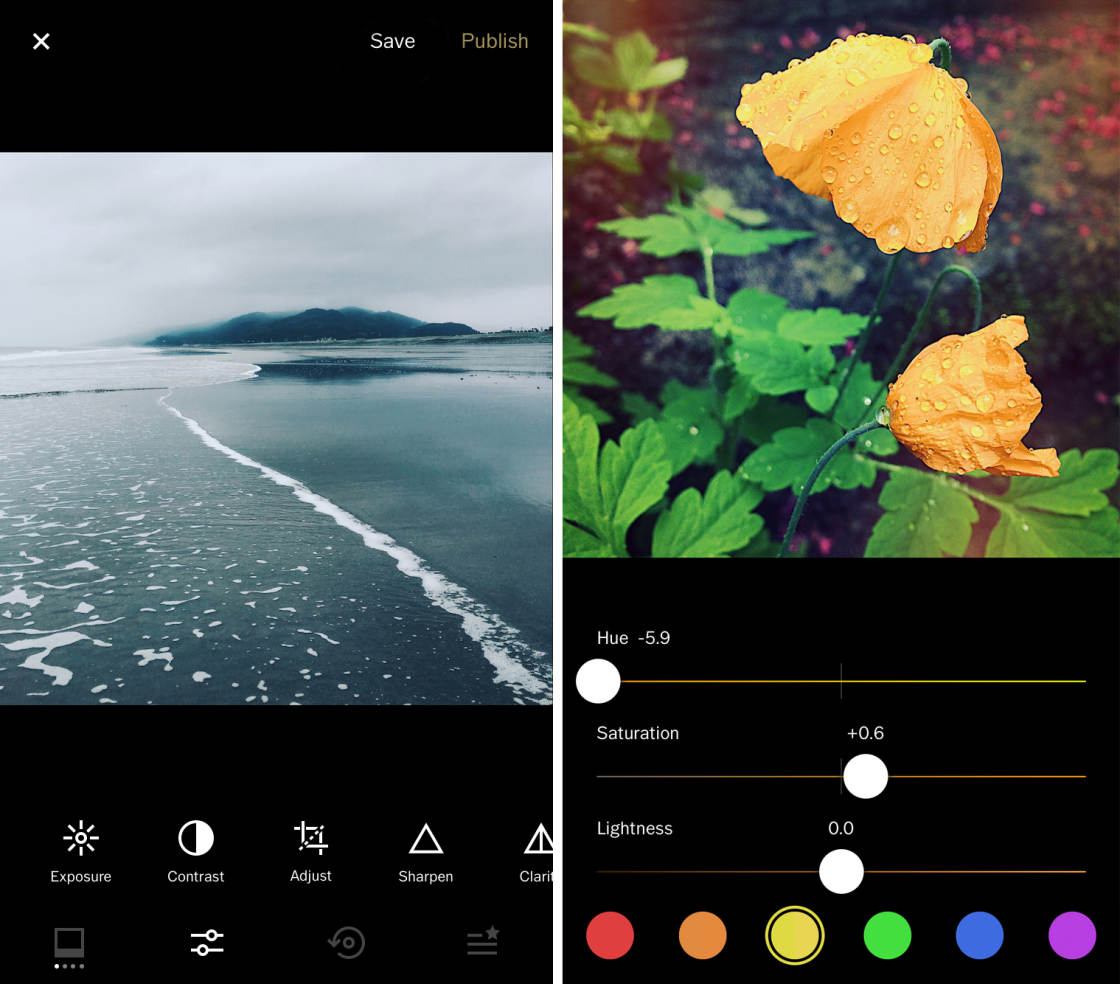
With a big f-number, that means a small aperture's hole diameter, the light entering the diaphragm hole bends around it and consequently cannot reach the image sensor elements, causing degradation in the final image quality. In photography, diffraction occurs when light waves encounter an obstacle, causing them to bend around this obstacle. In these light conditions, too, ND filters are necessary. On bright, sunny days, even if shooting with a low aperture value (for example f/1.4 or f/1.8) and at the limits of the camera's shutter speed (for example 1/4000 sec or 1/8000 sec), your pictures may still result overexposed. When you need an open aperture as you want to blur the background an closed aperture) means poor image quality on your final picture (see "diffraction phenomenon"). Moreover, shooting with a too big f-numbers (i.e. by setting bigger f-number) but there will be still some limits, ending up in overexposed images. Technically speaking, you could slow down the shutter speed by simply closing up the aperture (i.e. Why ND filters are still necessary? To further slow down the shutter speed I can adjust exposure with camera settings.

For example, a "1 stop light loss" means approximately a 50% reduction in light amount, a "2 stops light loss" a further 25%, a "3 stops light loss" a further 12.5%, and so on. This indicates how many aperture stops you will lose when using ND filters.

On ND filter packages you may also find indications like "3 stops light loss", etc. For example, ND4 = 1/4 light amount reduction, ND8 = 1/8 light amount reduction, and so on. The numeric value also shows the amount of light reduced. The higher the number, the more you can slow down the shutter speed. ND filters usually come with a numeric value, like ND4, ND8 etc. ND means "neutral density", as ND filters can in fact reduce the amount of light entering the lens without affecting color rendering and color reproduction. Basically, it works in the same way your sunglasses reduce the dazzle of the sun for your eyes. A ND filter is a grey glass filter that reduces the amount of light entering the camera lens.


 0 kommentar(er)
0 kommentar(er)
